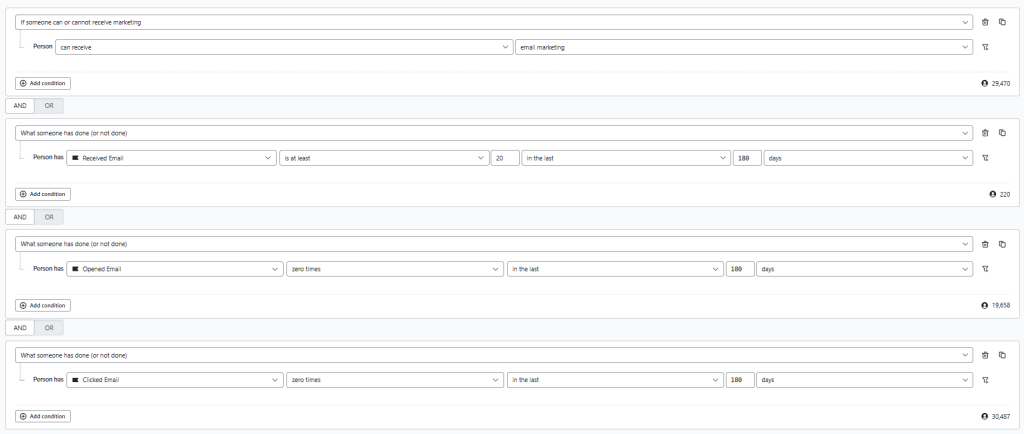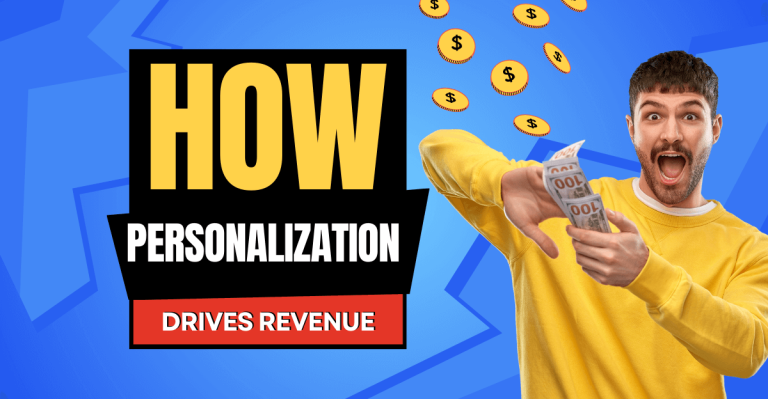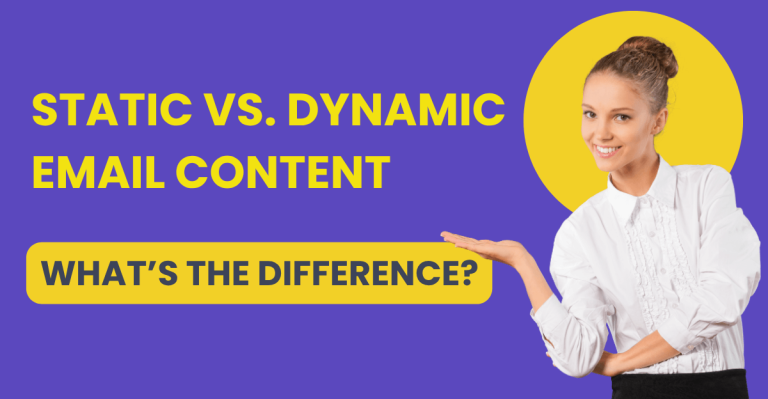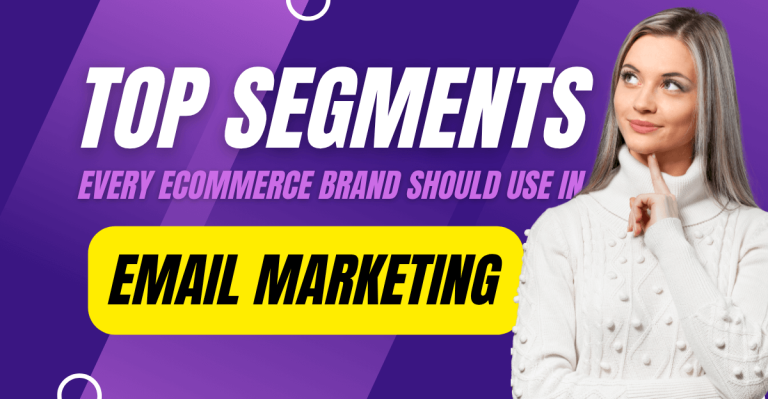Why Suppressing and Unsuppressing Profiles Matters More Than Ever
Klaviyo’s updated pricing model (effective 18 February 2025) makes list hygiene a critical priority. You now pay for every active profile in your account, whether or not you email them. This means keeping inactive contacts around can cost you money while also damaging your deliverability.
The solution? Automate suppression (removing disengaged profiles from your active list) and unsuppression (bringing them back if they re‑engage). This allows you to:
- Reduce your active profile count and lower costs
- Maintain a clean, engaged list that improves sender reputation
- Avoid wasting time on manual list maintenance
What Happens When You Suppress a Profile in Klaviyo?
- Suppressed contacts no longer receive emails and don’t count toward your active profile limit.
- They remain in your database for historical reporting.
- They still track website and email events like Active on Site, Viewed Product, and Started Checkout.
This ensures you maintain data integrity while saving money.
When Should You Suppress Profiles?
Inactive profiles drag down your metrics and cost you money. A good suppression segment could be:
Non‑engaged profiles: Contacts who have received at least 20 emails in the last 6–12 months but opened zero.
You can bulk suppress these contacts manually, but there’s a downside:
- Manual suppression takes time.
- Segments become inactive once contacts leave them, requiring reactivation.
- You risk missing profiles who become inactive after your last check.
This is why automation is the best way forward.
How to Automate Suppression Using Klaviyo Webhooks
1. Create a Suppression Segment

- Navigate to Lists & Segments → Create New Segment.
- Apply engagement filters (e.g., “20 emails sent in the last 6–12 months, opened 0 times”).
- Save the segment.
2. Build an Automated Suppression Flow
- Go to Flows → Create Flow.
- Set the trigger: Added to segment.
- Add an internal alert step (optional, for monitoring during testing).
- Add a Webhook action to call Klaviyo’s suppression API.
3. Configure the Webhook
Endpoint:
https://a.klaviyo.com/api/profile-suppression-bulk-create-jobs/
Headers:
accept: application/vnd.api+json
content-type: application/vnd.api+json
revision: 2025-01-15
Authorization: Klaviyo-API-Key YOUR_PRIVATE_API_KEY
JSON Payload:
{
"data": {
"type": "profile-suppression-bulk-create-job",
"attributes": {
"profiles": {
"data": [
{
"type": "profile",
"attributes": {
"email": "{{person.email}}"
}
}
]
}
}
}
}
Pro Tip: Profiles can only enter this flow once. Run a monthly review to ensure your segment continues to capture new inactive contacts.
Automating Unsuppression for Re‑Engaged Profiles
Suppressed contacts who re‑engage (visit your site, submit a form, make a purchase) can be automatically re‑activated—if they were manually suppressed and not unsubscribed or bounced. So here you see how important is to automate the process. In the following example, the profile would not be able to receive an abandoned checkout email and possibly re-engage them to complete their order.
1. Create an Unsuppression Flow
- Trigger the flow with an engagement event like Started Checkout.
- Add a filter to only include manually suppressed profiles (skip unsubscribed or bounced).
- Add an internal alert for testing.
2. Add a Webhook to Unsuppress via API
Endpoint:
https://a.klaviyo.com/api/profile-suppression-bulk-delete-jobs/
Headers:
accept: application/vnd.api+json
content-type: application/vnd.api+json
revision: 2025-01-15
Authorization: Klaviyo-API-Key YOUR_PRIVATE_API_KEY
JSON Payload:
{
"data": {
"type": "profile-suppression-bulk-delete-job",
"attributes": {
"profiles": {
"data": [
{
"type": "profile",
"attributes": {
"email": "{{person.email}}"
}
}
]
}
}
}
}
Key Warnings and Best Practices
- 90‑day lock period: Once a profile is unsuppressed, it cannot be suppressed again for 90 days.
- Never unsuppress unsubscribes or hard bounces. Only profiles that were manually suppressed are eligible.
- Review these flows regularly to ensure they’re capturing the right profiles and not reactivating unqualified contacts.
Why This Matters for ROI
By setting up automated suppression and unsuppression, you:
- Keep your email list clean and engaged
- Reduce your Klaviyo bill by removing inactive contacts
- Improve your sender reputation and deliverability
- Capture revenue opportunities from profiles who re‑engage
This workflow ensures that your email marketing remains a cost‑efficient revenue channel—even with Klaviyo’s updated pricing.
Final Thoughts
Klaviyo’s pricing changes have made list hygiene non‑negotiable. Automating suppression and unsuppression is the fastest way to cut costs, improve engagement, and keep your data clean.
👉 Need help setting up these automations in Klaviyo? Contact out team of experts and let’s streamline your email program.




